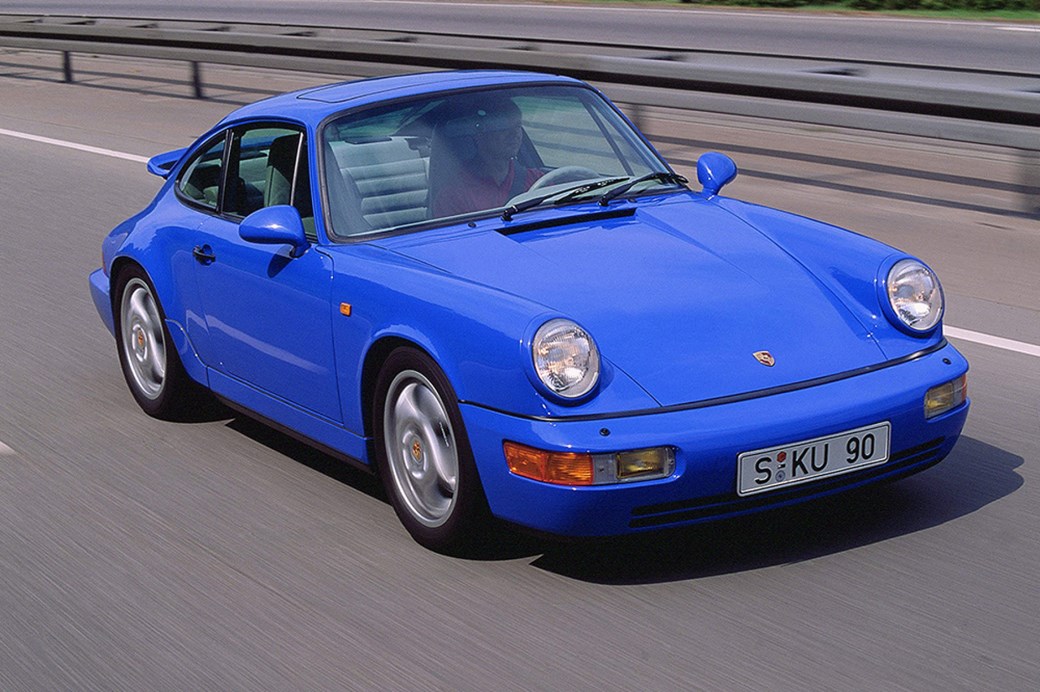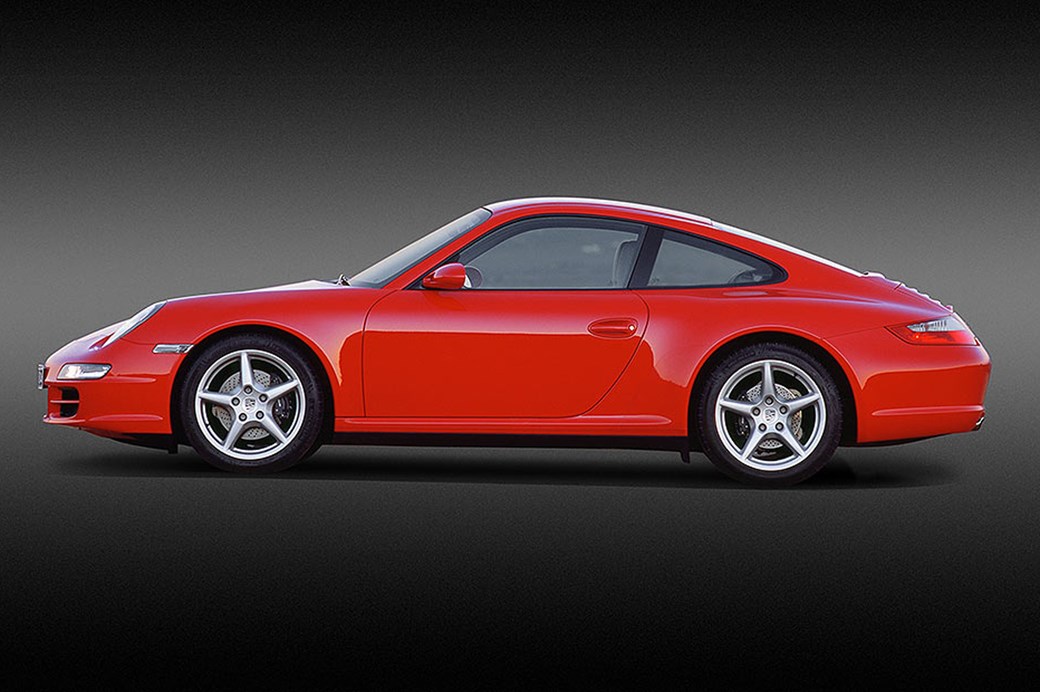The company’s primary goal is actually achieving value generating development. Mainly by attaining these kinds of development could we create renewable investments in systems that are revolutionary , items that are new, and above all, in the staff of ours here from Porsche.
With this strategy we’re by now on the means of ours towards rethinking sporty mobility. We would like to excite clients with our services and products. We’re additionally aiming to consolidate the status of ours as a great employer as well as business partner which fulfils its environmental and social duties. And also the return must be enough as well.
Read also this FintechZoom article: Secure The Best Rates On Classic Car Loans: 6 Tips To Get You Started.
We’ve almost everything we have to attain the objectives of ours: cars which will take the breath of yours away along with a group that’s enthusiastic about the work of its.
To shape the future of the sportscar – this’s the design of Strategy 2025. At the center of the approach is the long term product profile of ours. The sportscar of the long term is going to blend the past as well as values of the Porsche brand name with revolutionary systems, while at exactly the same period ensuring sustainability. For attaining this, subjects for example electromobility, connectivity as well as digitalisation will perform a crucial function. To embrace the subjects are going to allow us to condition the sporty and exclusive mobility of future. Nevertheless, with all the innovative developments as well as alterations in front of us, the one thing continues to be constant: Anything which carries the Porsche crest is also going to offer the outstanding quality that’s associated with Porsche.
Porsche 911
901
1963-64

356 successor first shown at Paris in Sep ’63, but when the production version unveiled the following autumn Peugeot – which has patented three-digit names with a zero in the middle – objects, and it became 911 after 81 cars built. Only available as a coupe with a manual transmission and 128bhp 2.0 flat six.
1964-69
A, B-series
Cammy 158bhp 2.0 S joins range in late ’66 along with first Fuchs wheels. Targa (with soft, removable, back window) follows soon after. 110bhp 911 T replaces 912; 138bhp E slots between that and S. Longer wheelbase for ’69. Sportomatic semi-auto transmission available from ’67.
1970-71
C, D
Big change is capacity increase to 2.2 litres for T, E and S (now 123, 153 and 178bhp).
1972-73
E, F
T, E and S switch to 2.4 litres (128, 163, 187bhp). Horn grilles beneath headlamps turn black for ’72. 207bhp Carrera RS 2.7 homo special lands for ’73, but only in Europe.
1974-76
G, H, I, J
Chunky ‘impact bumpers’ fitted to meet US crash laws. Range simplified to 911 (148bhp) 911 S (173bhp) and Carrera (207bhp), all with 2.7 engines. Carrera switches to 200hp 3.0 for ’76.
1977-83
K, L, A, B, C, D
All models except Turbo replaced by 178bhp SC (boosted to 201bhp in ‘80). Targa now has black, not silver roll hoop. Sportomatic semi-auto finally dies ’79. First true cabrio 911 appears late ’82.
1983-89
E, F, G, H, I, J
SC replaced by new Carrera. Engine grows to 3.2-litres and 228bhp. Wide body Turbo-look option from ’85; slicker G50 ‘box from late ’86; lightweight Carrera Club Sport from ’87; retro Speedster in ’89.
912
1965-68
All show, no go. Having moved upmarket with the 911, Porsche fits a 89bhp 1.6-litre flat four to the same shell to create the 912 – a true successor to the old 356. Coupe or (from ’67) Targa.
912E
1976
By ’75 Porsche has killed the mid-engine 914 but the new 924 is still two years away. To tide budget US buyers over it revives the 912 for one year, dropping the 914’s VW-based 89bhp 2.0 flat four into the 911 shell. Manual-shift coupe only.
930 (Original 911 Turbo)
1974-1989
Turbocharged 3.0 six’s 256bhp pushes the 911 into supercar territory – and several drivers into shrubbery. Faster again from ’78 with a 300hp intercooled 3.3 (tell it by the boxier engine lid and thicker spoiler). Targa and Cabrio options from ’87. Stuck with a four-speed manual til ’89.
954 (911 SC/RS)
1984
Porsche builds just 22 of these little-known homologation specials to qualify for Group B. Changes include a lightweight Turbo-style shell and Kevlar bumpers. 3.0 six makes 251bhp in road trim, good for 0-62mph in 5sec.
959/961
1987-88
Taking the 911 from stone-age to sci-fi, 444hp 959 features a twin-turbo flat six derived from the 956 Le Mans racers’ with water-cooled heads, computer-controlled chassis and four-wheel drive. Top speed: 197mph. 961 is 959 modified for competition; finishes seventh at Le Mans in ’87.
965
1987
Porsche has plans for a junior 959 codenamed 965 powered by a rear-mounted water-cooled V8 and builds several prototypes. But new boss Ulrich Bez (later of Aston Martin) pulls the plug. Some Porsche fans now use 965 to refer to the 964 Turbo that did make production.
964
1989-93
New smooth bumpers and retractable spoiler the most obvious but least important improvements. Under the skin there’s a 247bhp 3.6, ABS and power steering, while four-wheel drive (Carrera 4) and new push-pull Tiptronic auto are available. Turbo is back for ’91 with 320hp 33 (376hp for rare ’92 Turbo S); became 355bhp 3.6 Turbo for ’93 (379hp for 3.6 Turbo S). Lightweight RS (and ultra-rare widebody 3.8 RS) harked back to ’73 RS but US-only RS America was just a tarted-up C2. Speedster returned in narrow and wide-arch guises.
993
1994-98
Curvy shell was a step-change for 911 design but real breakthrough was new multi-link rear suspension, a legacy of the stillborn four-door 989 programme, and more sophisticated, less understeery, opt four-wheel drive system. 268bhp from 3.6 boosted to 281bhp with addition of VarioRam adjustable intakes from ’95, the same year Porsche produces the 402bhp Turbo, the first four-wheel drive 911 Turbo. Race-raw GT2 homologation special is a 424bhp (later 444bhp) rear-drive monster. Targa intro in ’96 was basically a big sunroof.
996
1998-2001
Water’ll she do meister? Porsche ditches the hips and goes water-cooled for ’98. Flat six drops to 3.4-litres but power up to 296bhp. Turbo back for ’00 with same 409bhp but now offers optional 5-spd Tiptronic auto. First GT3 (355bhp) landed in ’99; GT2 (462bhp, rear-drive, carbon brakes, no traction control) followed in 2001. Recognise an early (non-Turbo) 996 by its runny-egg headlamps.
996.2
2001-2004
Back to 3.6-litres and onward to 316bhp for refreshed 996 recognisable by its Turbo-style headlamps. GT3 lost its split rims but gained 20bhp and more authentic-looking squared rear wing. Even tougher GT3 RS featured ’73 RS-style graphics, plastic window and carbon bonnet. Turbo available with optional 444bhp X50 power kit; becomes standard on new Turbo S in ’05. Turbo cabrio option from ’04.
997
2004-2007
Mildly updated 996 gets more visual muscle, opt PASM adaptive dampers and the choice of two engines: 321bhp 3.6 for Carrera or 350bhp 3.8 in Carrera S. Wider Turbo-look arches for C4. GT3 is a 3.6 with 409bhp, or a 429bhp 3.8 in RS trim. Turbo (available as a cab ’07) gets a 473bhp 3.8 – boosted to 523bhp in Turbo S and the (again rwd) GT2.
997.2
2008-11
Direct injection plumps Carrera to 340bhp and S to 380bhp; optional active sports exhaust compensates for blander sound. Big news is seven-speed PDK dual-clutch ‘box for Carreras and Turbo, which is up to 493bhp, or 522bhp in the 2010-on Turbo S. GT3 a 429bhp 3.8; RS’s 3.8 pushed that to 444bhp. Legendary GT3 RS 4.0 thumps out 486bhp still without turbos, but 604bhp GT2 RS remains top dog. Other notable models: run-out Carrera GTS (wide arches, 402bhp, thinks it’s a junior GT3), Sport Classic (’73-style ducktail spoiler), Speedster.
991
2011-16
911 comes over all GT, gaining refinement and switching to electric steering. Reborn Targa has mandatory 4wd, clever – but heavy – retractable roof mechanism and cool ‘70s-inspired styling. Carrera’s new 3.4 makes 345bhp, S gets a 395hp 3.8 and tauter GTS puts out 424bhp. GT3 comes with new 370bhp 3.8; RS is a 493bhp 4.0. Both get four-wheel steer, but are PDK-only, just like 513bhp Turbo (and 552hp Turbo S). High point is 911R, basically a GT3 RS in civvies with a manual ‘box: speculators, and values, go crazy.
991.2
2016-2018
New 3.0 turbo engines for Carrera (365bhp), S (415bhp) and GTS (444bhp) mean GT3 now only naturally aspirated Porsche. Blowers sap noise, but deliver masses more torque and little lag. GT3 (now 4.0 and 500hp) gets a manual option – unless it’s a 513bhp RS. There’s also a spoiler-free GT3 Touring, and a GT3-lite, the sportier-geared Carrera T. Turbo grows to 533bhp, or 552bhp in Turbo S trim and 599bhp for Liberace-spec Turbo S Exclusive Series.
992
2019-date
A very on-trend 911. Cockpit tech stolen from the Panamera, emissions regs that make for less noise and an all-aluminium body shaped for all versions to come. For now, Carrera S and 4S PDK models have 444bhp from engine much like 991.2 above, with manuals, a GT3, a Turbo and countless other editions waiting in the wings in the years to come.




















